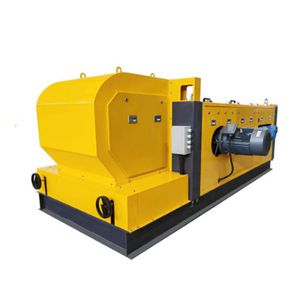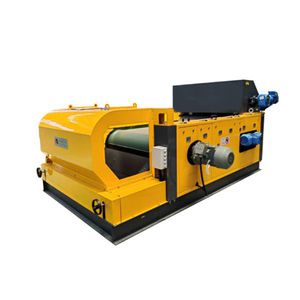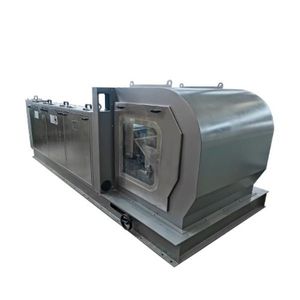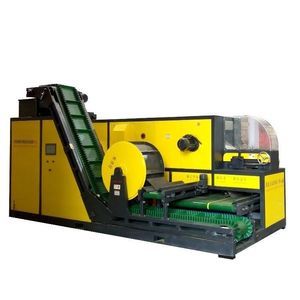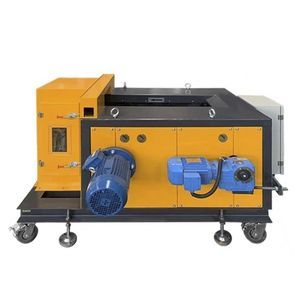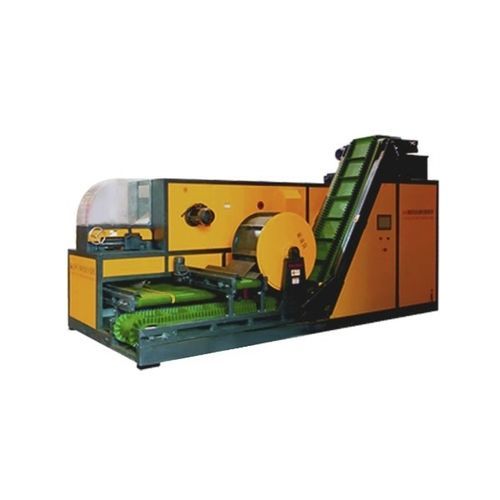
- Packing - Handling - Logistics
- Conveying
- Drum separator
- Fushun Ejet Magnetic Equipment Company
- Products
- Catalogs
- News & Trends
- Exhibitions
Mobile separator magneticdrumeddy current

Add to favorites
Compare this product
Characteristics
- Technology
- drum, magnetic, eddy current, belt
- Separated substance
- particle, metal, waste
- Application domain
- for the recycling industry
- Other characteristics
- mobile, surface
- Width
Min.: 400 mm
(16 in)Max.: 2,200 mm
(87 in)
Description
Easy to move, can be set up according to the needs of the workplace, suitable for any terrain and scene, with output material belt machine, easy to operate.
Eddy current separators are widely used to separate non-ferrous metals (aluminium, copper, brass, etc.) from all kinds of down stream bulk material.
The eddy current separator is applied to a conveyor belt carrying a thin layer of mixed waste. At the end of the conveyor belt is an eddy current rotor. Non-ferrous metals are thrown forward from the belt into the bulk, while the raw materials simply fall off the belt.
For successful non-ferrous separation, a drum magnet should be installed prior to an Eddy Current Separator. Thus it could protect the eddy current separator from causing damage to the belt by ferrous metal.
Vibration feeder provides stable feeding volume and increase separation efficiency.
Principle:
Eddy current separators have a conveyor belt system with a high-speed magnetic rotor at the end. The rotation speed of the magnets generates an induction field, creating a rapidly changing magnetic field. The separation is based on the principle that every electrically conductive particle located in an alternating magnetic field is temporarily magnetized.
Structure:
Eccentric rotors differ in that the magnet system is of a smaller diameter and is located in an eccentric position to the outer rotor drum. The magnet system is positioned close to the surface where the conveyed feed material is leaving the rotor due to its natural trajectory.
VIDEO
Other Fushun Ejet Magnetic Equipment Company products
Eddy Current Separator
Related Searches
- Solid classifier
- Feeder
- Centrifugal classifier
- Liquids separator
- Eddy current separator
- Sorting machine
- Process classifier
- Gravity classifier
- Automatic sorting machine
- Classifier for the recycling industry
- Automated feeder
- Particle classifier
- Classifier for the food industry
- Ferrous metal separator
- Optical sorting machine
- Automatic separator
- Separator for the chemical industry
- Vibrating feeder
- Bulk feeder
- Self-cleaning separator
*Prices are pre-tax. They exclude delivery charges and customs duties and do not include additional charges for installation or activation options. Prices are indicative only and may vary by country, with changes to the cost of raw materials and exchange rates.


